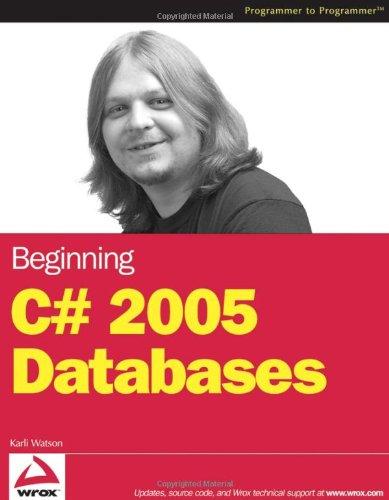Answered step by step
Verified Expert Solution
Question
1 Approved Answer
It has to be written in visual basic language. Finite differeaces. Charles Babbagc's design for the Amalyrical Engine is regarded as the first design for

It has to be written in visual basic language.
Finite differeaces. Charles Babbagc's design for the Amalyrical Engine is regarded as the first design for a digital computer, even thoogh he never finished building it. His design for the Dofference Engine is less well known. It is based on the idea that you can compute any polynomial function, and thus approximate any continusus function over some interval, by adding deferences. For examale. consider the oolvnomial function v=x2+3x2 Each of the difference items in the table is the difference between the number to its left (or West) the number to its left and down (or Sourhwest) except that for numbers in the botiom right corner, since I couldrit sabereet I gust left them blank. But looking at the columns, it's casy to believe that all the entries in the right column should be zero, and all the entries in the d.Af column shedld be 2. If you wanted to compute f(7), you could coenpute Af(6) by assuming that it would be 2 more than 4f(5). Then you could compute f(7) by adding f(6) and 4)(6). If you wanted f(5), you'd need to compute f(7) and 4((7), and add those. If you reverse the peocedure of taking differences, and add them in, instead, assuming that all the entrics in the rightmost column are going to be zero, you can fairly quackly compute doonens of valoes. of f(x). It tums out that the number of columns of nota-zero differences is the degree of the polynomial. I think Babbage's Difference Engine coald handle 6 columns of non-zeros, so it could compute tables of function values ap to polynomials of degree six. and your program should compute g(lo0). There is a way to turn those differences into a formula, which nigha be faster for the computer to use, but were not telling: we're expecting you to find the value g(x) by adding successive differences. You'll notice that you really oaly need to kecp track of threc values at a time, not all 303 , because you can compute g(x+1). 4g(x+1). AAg(x+1)fromg(x). Agr(x). A1gg(x) without looking at earlier values and differencesStep by Step Solution
There are 3 Steps involved in it
Step: 1

Get Instant Access to Expert-Tailored Solutions
See step-by-step solutions with expert insights and AI powered tools for academic success
Step: 2

Step: 3

Ace Your Homework with AI
Get the answers you need in no time with our AI-driven, step-by-step assistance
Get Started


